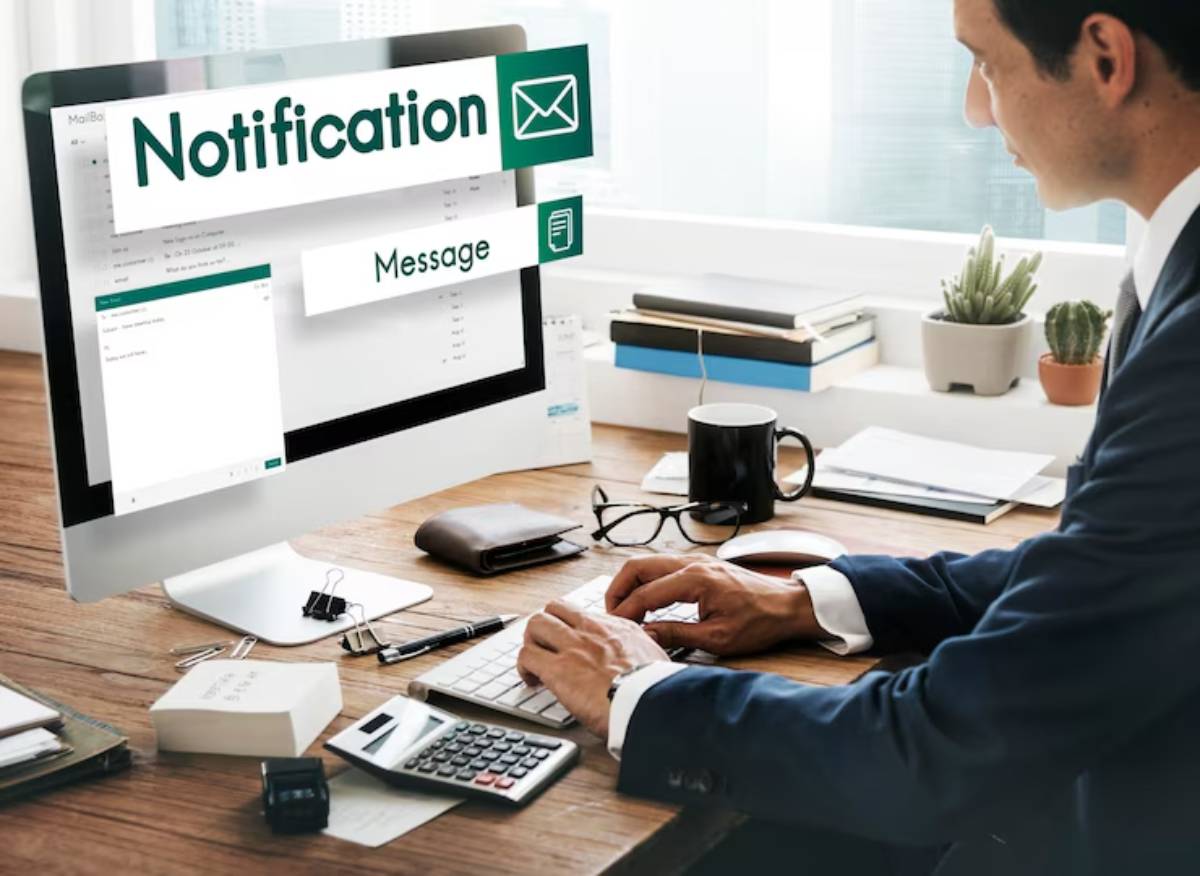The Health Blog

The Role of Mindfulness in Enhancing Focus
If you’ve ever sat down to work only to find your thoughts drifting within minutes — to a Slack ping, a memory, a social media post, or simply your own to-do list — you’re not alone. In today’s hyperconnected world, sustained focus has become a rare skill.
But what if the answer wasn’t more productivity tools or stricter schedules? What if it was learning to pay attention on purpose?
This is where mindfulness enters the scene — not as a fluffy wellness buzzword, but as a powerful, evidence-backed practice for improving focus, mental clarity, and even emotional resilience. Mindfulness isn’t about clearing your mind of thoughts. It’s about learning to observe them without being pulled in every direction.
In this article, we’ll explore how mindfulness practices can transform your workday, support deep focus, and help you stay mentally agile in an age of distraction.
Why our focus is fading in the digital age
Technology isn’t evil — but it’s not neutral either

Most of us check our phones within minutes of waking up. By the end of the day, we’ve toggled between apps, emails, browser tabs, and streaming content hundreds of times. These micro-distractions train our brains for one thing: shallow attention.
Some key reasons why focus is harder than ever:
- Notification fatigue: Constant alerts fragment concentration
- Task-switching addiction: We get dopamine from jumping between things, even when it hurts our output
- Mental overload: Too many inputs, not enough time to process
- Lack of downtime: Our brains are never off — and rarely fully “on”
- Work-life blur: Especially in remote work, personal and professional boundaries overlap, making focus even more fragile
This environment isn’t our fault, but it is our responsibility to navigate. And mindfulness offers a way forward.
What is mindfulness, really?
It’s not about sitting cross-legged on a mountain
Mindfulness is simply the practice of paying full attention to the present moment, on purpose, without judgment.
It can be as simple as:
- Noticing the sensation of your breath
- Being fully immersed in a task without checking your phone
- Observing your thoughts during a moment of stress without reacting automatically
Scientific research has shown that mindfulness reduces stress, improves working memory, and significantly enhances attention span (Harvard Gazette, 2018). It rewires the brain to become more aware, less reactive, and more capable of choosing where to place your attention.
Mindfulness techniques to strengthen focus
You don’t need hours — just a few moments of attention
Here are simple yet impactful mindfulness practices you can incorporate into your day:
1. One-minute breath awareness
Sit comfortably, close your eyes (if you like), and focus on your breathing. Feel the air move in and out of your nose. When your mind wanders, gently bring it back.
Why it works: It’s a mental reset that strengthens your “attention muscle” over time.
2. Mindful transitions
Before you switch tasks, take 30 seconds to pause. Stretch. Breathe. Acknowledge the shift. This prevents overlap and mental residue from the last task.
Use it when: Ending a call, closing an email, or switching to deep work.
3. The STOP technique
S – Stop T – Take a breath O – Observe what’s happening internally P – Proceed with intention
Great for moments of distraction, stress, or decision paralysis.
4. Focused single-tasking

Choose one task. Set a timer (10–25 minutes). Work on only that. No switching tabs. No checking notifications. Just full immersion.
Start with low-pressure tasks like clearing your inbox or writing a short update.
5. Gratitude moments
Pause midday and ask: What’s one thing I’m thankful for today?
Why it helps: Gratitude anchors you in the present and reduces stress, both of which improve focus.
You can also support your mindfulness journey with structured habits. Our article on time management techniques for remote workers offers great frameworks that pair well with mindful routines.
Bringing mindfulness into your remote workday
Small shifts can make a big impact
Mindfulness doesn’t have to be a separate part of your day. You can embed it into what you’re already doing, like:
- Starting your workday with 3 mindful breaths
- Taking a slow, present lunch break without screens
- Using the first 5 minutes of a meeting to centre
- Pausing after each email sent, just to breathe
- Ending your day by reflecting on what you completed, not just what’s left
These micro-practices, repeated daily, can retrain your brain toward awareness and intention — the building blocks of lasting focus.
The science behind mindfulness and attention
This isn’t just a feel-good fad — it’s neuroscience
Numerous studies support mindfulness as a tool for cognitive performance:
- A University of Washington study found that workers who practised mindfulness were able to stay on tasks longer and made fewer task switches.
- Harvard research using brain scans showed that just 8 weeks of mindfulness training increased grey matter in areas associated with memory, emotion regulation, and learning.
- Mindfulness has been shown to decrease activity in the “default mode network”, the part of the brain associated with mind-wandering and self-referential thinking.
In plain terms? Mindfulness literally rewires your brain to focus better and stress less.
Mindfulness and emotional regulation
Calm minds focus better
Distractions aren’t always external. Often, it’s our internal chatter — self-doubt, worry, anticipation — that steals our attention. Mindfulness helps you notice these emotions without getting swept away by them.
For example:
- Instead of spiralling when a project feels overwhelming, you pause, breathe, and ground yourself
- When a difficult email arrives, you acknowledge your reaction without firing off a rushed reply
- During a boring task, you observe the resistance without instantly turning to Instagram
This emotional regulation frees up mental space for focus and helps you respond, not react.
If workplace pressure has been pushing your limits, you may also want to explore avoiding overwork and knowing when to log off — because protecting your energy is essential for sustained attention.
Making mindfulness stick
You don’t need perfect habits — just consistent ones
To make mindfulness a regular part of your workday:
- Start tiny: 1 minute is better than nothing
- Tie it to existing routines: e.g., after morning coffee or before a meeting
- Use reminders: Sticky notes, calendar pings, or phone apps
- Track progress: Journaling even one line about how it felt can reinforce the habit
- Be gentle with yourself: Wandering minds are normal. The magic is in returning.
Apps like Insight Timer, Headspace, or Ten Percent Happier can support beginners, but no tech is required. Just your breath and a moment of intention.
Conclusion: Mindfulness isn’t about slowing down — it’s about showing up
We often think we need to work faster, smarter, or longer to stay ahead. But the secret to true productivity — the kind that feels focused, satisfying, and sustainable — isn’t about doing more. It’s about being more present in what we’re already doing.
Mindfulness gives us the tools to stop the scroll, calm the chaos, and reconnect with the task at hand. Whether you’re writing a report, managing a team, or simply trying to get through Monday, mindfulness offers a way to return — again and again — to clarity.
So take a breath. Notice it. And begin. That’s where focus lives. And from there, anything is possible.









